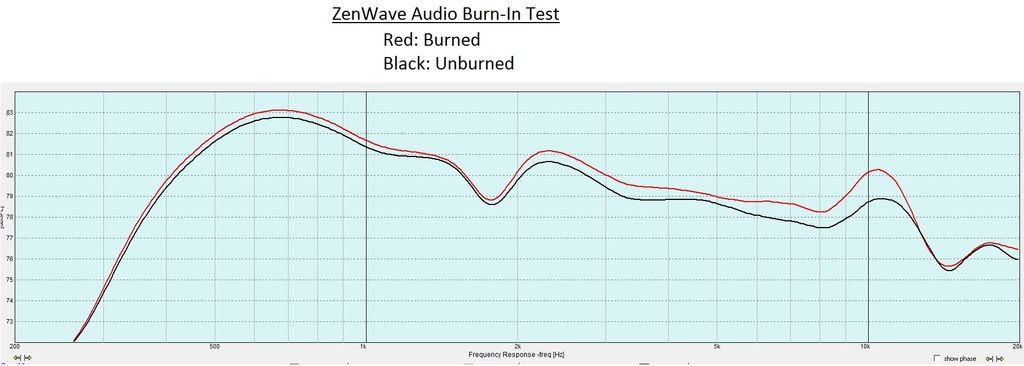How substantial do you rank your rack system?
Well, if I paid any attention to the experts with their charts and calculations demonstrating how inferior my chosen materials are, how I really don't know what I'm doing, etc. I'd rank it a 0 or 1.
But I just so happen to have a working model via much hands on experimentation. And with the humblest of systems to boot.
Folsom, no matter how I answer your question, I'm gonna get flack if I'm completely forthright. So I'll just reiterate what I said a few days ago.
Improper or inferior vibration mgmt so severely cripples the precision and accuracy of every last playback system they can only perform at a smaller percentage of their full potential. A severe performance limiting governor if you will.
Maybe this would be a better way to say it. 3 years ago, component designer John Curl (along with Mark Levinson) said in another forum that every last one of his designs and all of his colleague's designs contained at least one serious and unknown flaw that even their sensitive measuring instruments couldn't pick up. I told Curl his and others' designs contained no such serious unknown flaw, their designs were just incompete.
Hopefully, that response will suffice.



